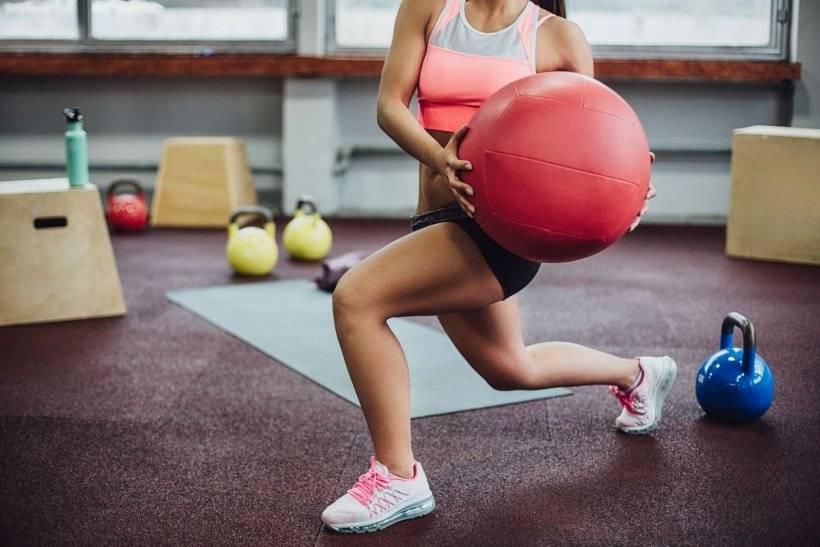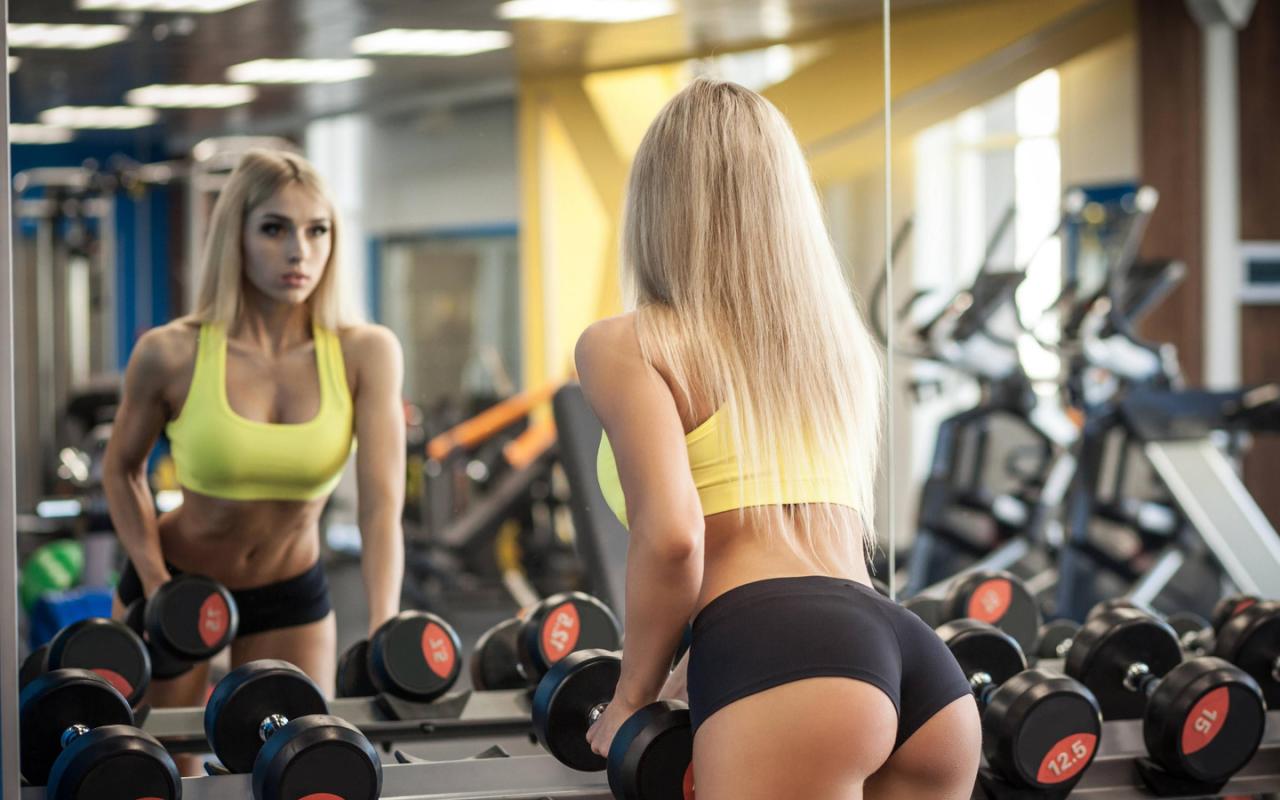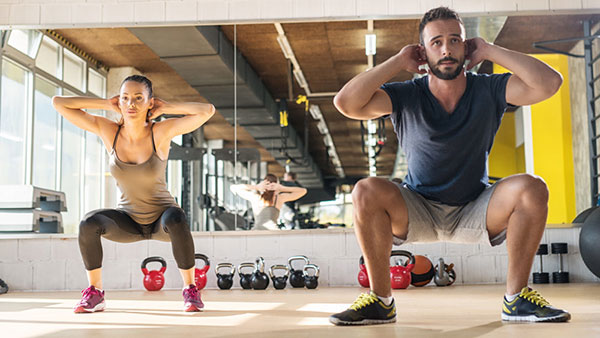All About Squats – Classic Techniques and 22 Squats, a Beginner’s Program
In most sports disciplines, the functional development of the legs is the key to the athlete’s effectiveness. Squats are considered the best exercise for training the lower limbs. The element involves several joints and large muscles in the work: quads and gluteus maximus . Thanks to this, the athlete increases speed and strength indicators.
Squats improve body balance by developing stabilizing muscles:
- leading;
- calf;
- soleus;
- hamstrings;
- abdominal;
- extensors of the back.
Positive impact of squats
The main advantage exercise is a complex effect. An athlete who uses squats in training develops not only muscles, but also improves the functioning of the body:
- Strengthening the heart . High-speed multi-repetitive squats without additional weights are equivalent in effectiveness to full-fledged cardio loads – the main training of the heart muscle and increasing endurance.
- Weight gain . We are talking about exercises with power equipment. Squats with a barbell on the shoulders give a powerful impetus to the production of growth hormones, which makes it a basic element in the training program of bodybuilders and powerlifters.
- Strengthening the male reproductive system . Athletes who regularly squat with a barbell or other weights improve blood circulation in the pelvic organs, which helps to improve the genitourinary system, restore libido.
- Working out the lower body for women. Most gym goers dream of having toned hips and round buttocks. Squats help to emphasize the load on these muscle groups, get rid of flabbiness.
- Weight loss . The reduction in subcutaneous fat depends on the energy intensity of the exercise. Squats force large muscles to consume large amounts of calories, which means to get rid of extra pounds and cellulite.
Exercise is used to recover from sprains and injuries. Light half-amplitude squats without additional weight will help to strengthen joint tissues and tendons, return the athlete to mobility.

Classic technique
There is a basic squatting technique that is common to most of these exercise. It should be carefully disassembled before starting classes:
- Place the feet at the width of the shoulder joints, parallel to each other.
- The body weight is distributed over the entire surface of the feet.
- We freely lower our arms at the sides.
- Keep our head straight, look constantly forward.
- Pull up the stomach, inhale, gently lower the pelvis.
- At the same time, draw out our hands in front of you to the horizontal.
- We do not linger at the bottom point – we exhale, return to an upright position.
Having learned how to squat correctly in the classical technique, try to shift the emphasis of the load. This will help to qualitatively work out individual muscle groups.
For example , an exercise with a wide stance allows you to fully load the buttocks and stretch the inner thighs. This variation is often used by girls to work out problem areas.
Another example is squats with a narrow stance. They have an accentuated effect on the quadriceps. The exercise is usually performed with added resistance and is used by men to increase strength and volume in the lower extremities. Girls are encouraged to do tight squats in the Smith machine. This will dry out your thighs and make your legs slimmer.
Now about the depth of the squat. For beginners with weak thigh muscles, we recommend lowering the pelvis to a right angle at the knee joints. This technique emphatically strengthens the thighs of the legs. Experienced athletes (without medical contraindications) can go down to the squat “to the end”. This will allow you to better stretch the gluteal muscles, as well as increase strength indicators.
Squatting mistakes
Let’s analyze the common shortcomings in the execution technique that interfere with the development of the athlete and reduce the effectiveness of the exercise :
- Bringing the hips inward when lowering. Make sure your knees stay in line with your feet. Otherwise, there is a dangerous strain on the knee joints.
- Improper breathing. You should exhale with effort, that is, when you rise from the bottom point. Errors in this nuance affect the effectiveness of the squat.
- Throwing the body down. Typical for novice athletes with undeveloped leg muscles. Raising and lowering should be even and controlled.
- Round the back. A dangerous mistake, especially when doing squats with additional weights. The spine should be kept straight and the lower back arched.
- Strong forward bend. During the squat, a natural tilt of the body appears. You should not “roll” your chest down, as this will lead to loss of balance.
Ignoring mistakes can cause pain in the knee joints, lower back and spine. Therefore, you need to work out the basic technique. If you plan to train with large weights, we recommend that you master squats with an instructor who can spot the flaws in time and correct them.


